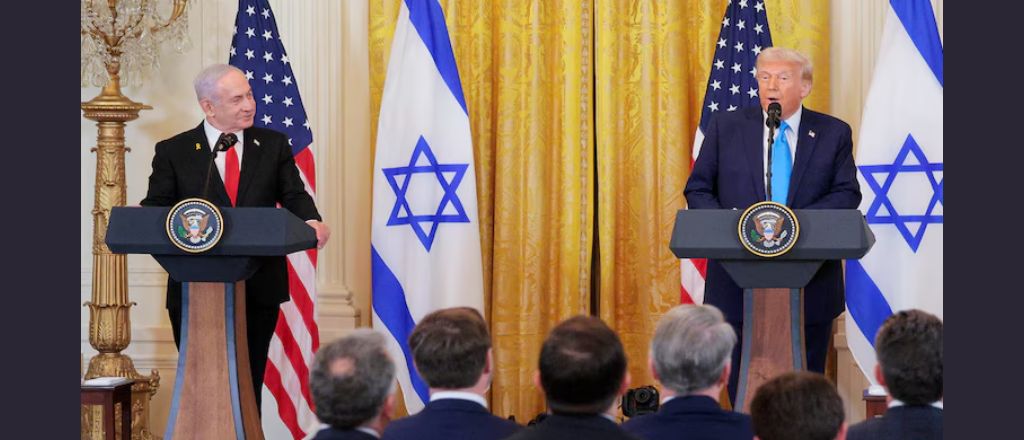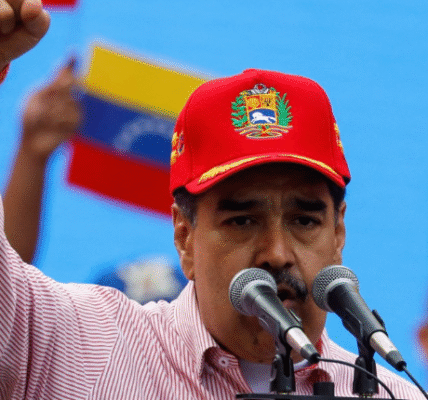In a dramatic statement during a joint press conference with Israeli Prime Minister Benjamin Netanyahu, former US President Donald Trump proposed a plan for the United States to “take over” the Gaza Strip. This announcement, made amidst ongoing truce negotiations between Israel and Hamas, has drawn both criticism and praise from various global stakeholders. Here’s a closer look at Trump’s proposal and the reactions it has elicited.
Trump’s Vision for Gaza
President Trump expressed his intent for the United States to take full responsibility for the Gaza Strip, including addressing the humanitarian and infrastructural devastation resulting from years of conflict. He outlined a plan that includes:
- Dismantling Unexploded Bombs and Weapons: Trump emphasized the need for the US to neutralize all dangerous unexploded ordnance and remove remaining weapons from the region.
- Rebuilding Infrastructure: The plan includes leveling destroyed buildings and creating new infrastructure aimed at economic development. Trump highlighted the goal of providing jobs and housing to the people of the region.
- Population Relocation: Trump suggested that the current inhabitants of Gaza should be relocated to neighboring countries, such as Egypt and Jordan. However, this proposal has been met with outright rejection by both countries and the Palestinian leadership.
Netanyahu’s Response
Israeli Prime Minister Benjamin Netanyahu praised Trump, calling him “the greatest friend Israel has ever had.” Netanyahu noted that the US president’s Gaza plan could “change history” and urged global leaders to pay attention to its potential implications.
International Reactions
- Palestinian Leadership: Palestinian officials have condemned the proposal. The Palestinian envoy to the United Nations emphasized the need for world leaders to respect the will of Palestinians, who remain deeply connected to their homeland.
- Public Sentiment in Gaza: Residents of Gaza have expressed outrage. Hatem Azzam, a resident of Rafah, denounced Trump’s remarks, stating that the US president treats Gaza “as a pile of garbage.”
- Egypt and Jordan: Both nations have flatly rejected Trump’s suggestion to relocate Palestinians from Gaza to their territories.
Ceasefire Negotiations and Hostage Exchanges
The US has claimed credit for brokering the initial six-week phase of the truce between Israel and Hamas, following over 15 months of fighting. The first phase of the ceasefire involved the exchange of hostages. So far, 18 hostages have been released in exchange for 600 Palestinian prisoners held by Israel.
Netanyahu indicated that discussions for the next phase of the truce were underway. He praised Trump’s leadership and criticized the previous US administration under Joe Biden for its handling of the Gaza conflict.
Ongoing Conflict in the West Bank
Despite the Gaza truce, violence has persisted in the occupied West Bank. A recent attack south of Jenin resulted in the deaths of two Israeli soldiers and the assailant. The UN has raised alarms over the deteriorating conditions in refugee camps, warning of a potential humanitarian catastrophe.
Humanitarian Crisis in Gaza
Since the ceasefire began on January 19, 2025, aid supplies, including food, fuel, and medical equipment, have surged into Gaza. However, the devastation remains significant. The war—sparked by Hamas’s attack on Israel in October 2023—has resulted in the deaths of 1,210 Israelis and at least 47,518 Palestinians, according to Gaza’s health ministry. Most of the casualties have been civilians.
Looking Ahead
As negotiations continue, the future of Gaza remains uncertain. Trump’s bold proposal has intensified global debates on the region’s future and the broader Israeli-Palestinian conflict. While some see it as a path to peace and development, many others view it as an impractical and unjust solution. The world will be watching closely as talks evolve and further actions are taken on the ground.





